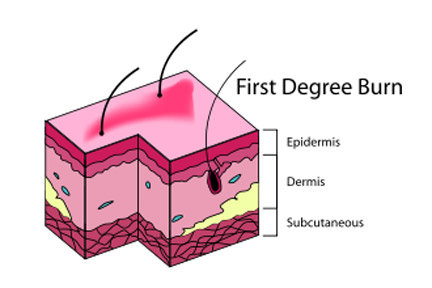

Burns on certain areas may require a visit to the doctor. You should see your doctor if your burn becomes infected, swollen, or extremely painful.
DIFFERENCE BETWEEN 1ST DEGREE BURN AND 2ND SKIN
Temperatures higher than this can lead to more serious skin injuries, especially in young children. A safe water temperature should be at or below 120˚F. Scalds can also occur if you bathe or shower in extremely hot water. Hot liquid spilled from a pot on the stove or the steam emitted from hot liquid may cause burns to the hands, face, and body. Scalds are a common cause of first-degree burns in children younger than 4 years old. The sun produces intense ultraviolet (UV) rays that can penetrate the outer layer of your skin and cause it to redden, blister, and peel. Sunburn develops when you stay out in the sun too long and don’t apply enough sunscreen.

Common causes of superficial burns include the following: Sunburns


 0 kommentar(er)
0 kommentar(er)
